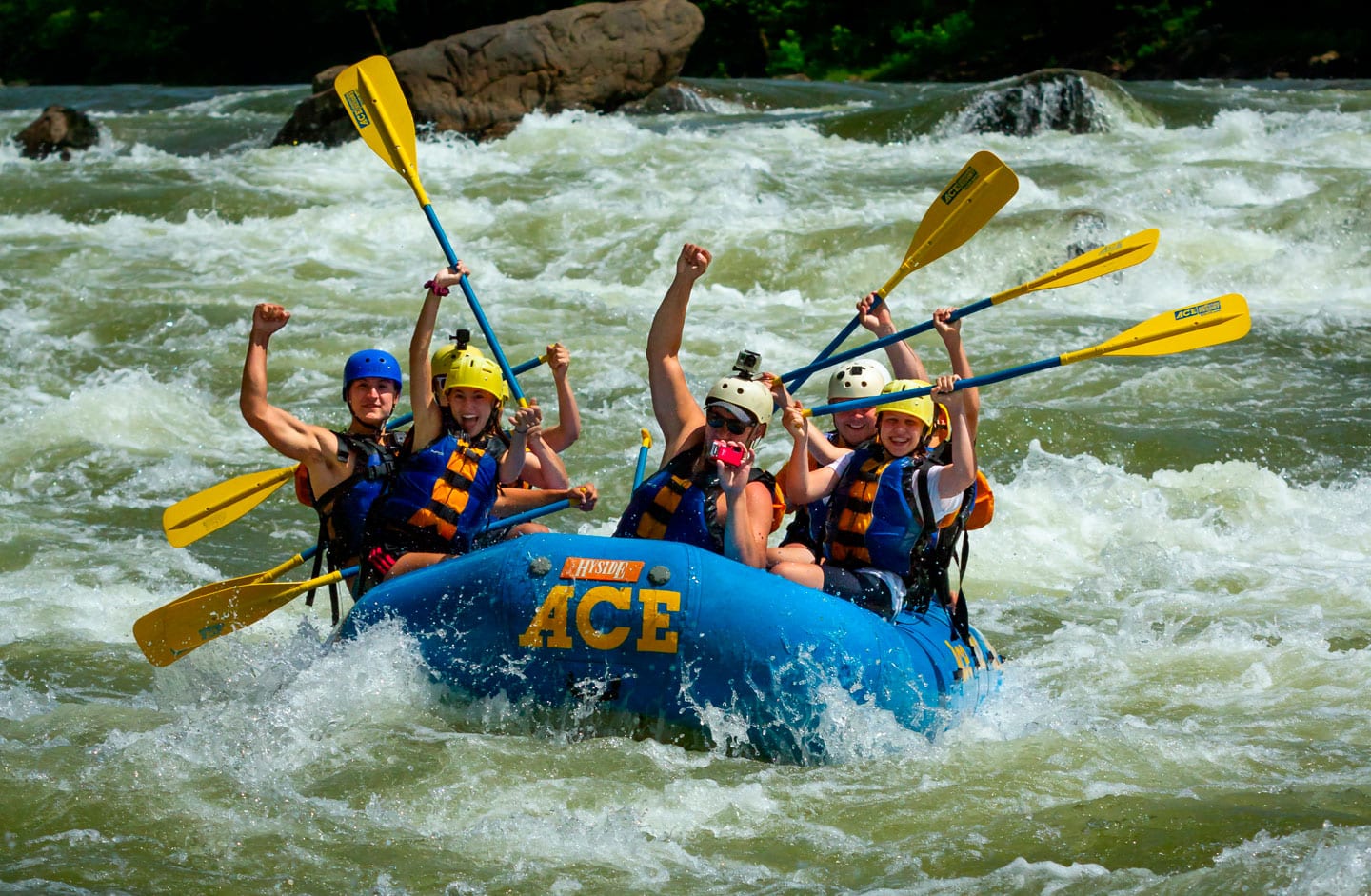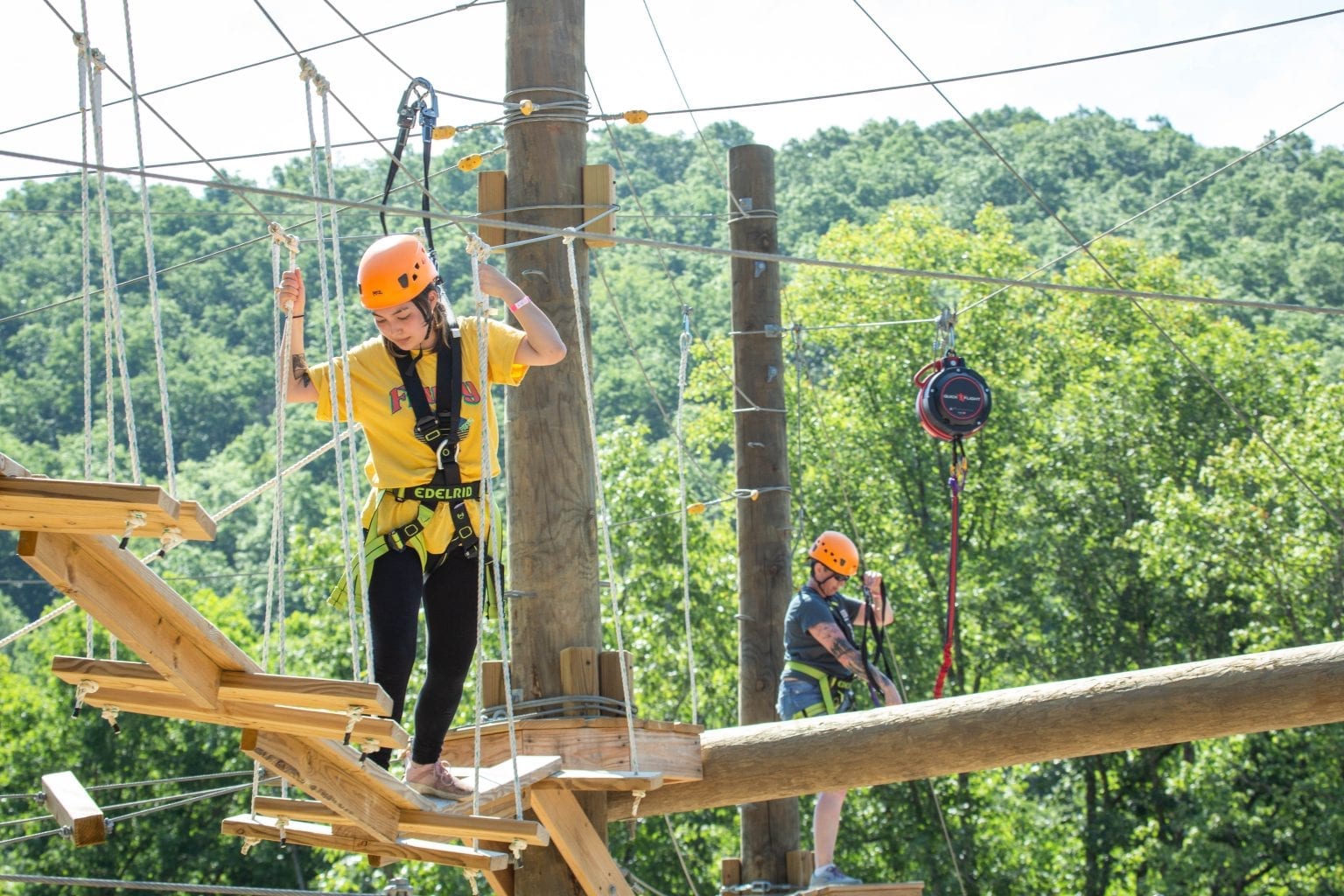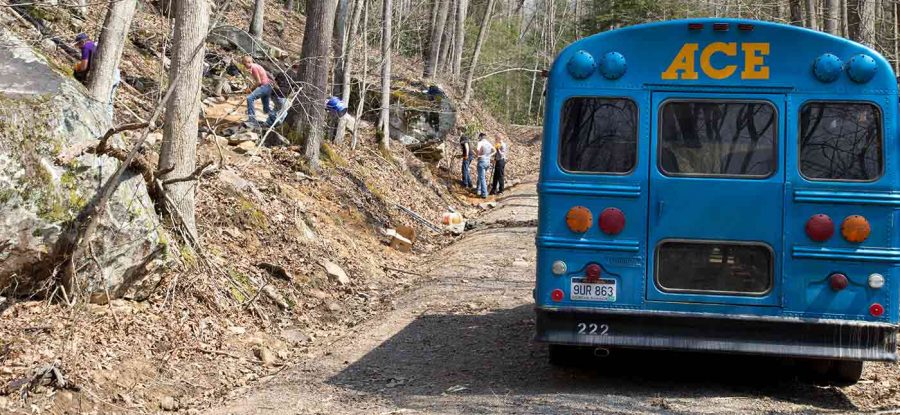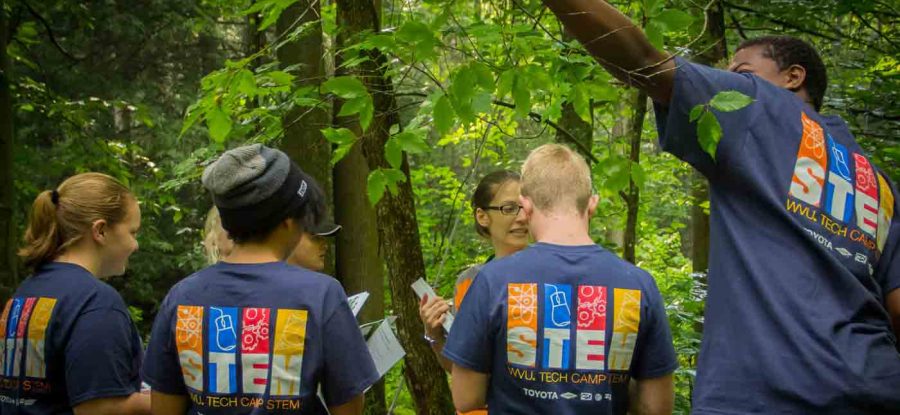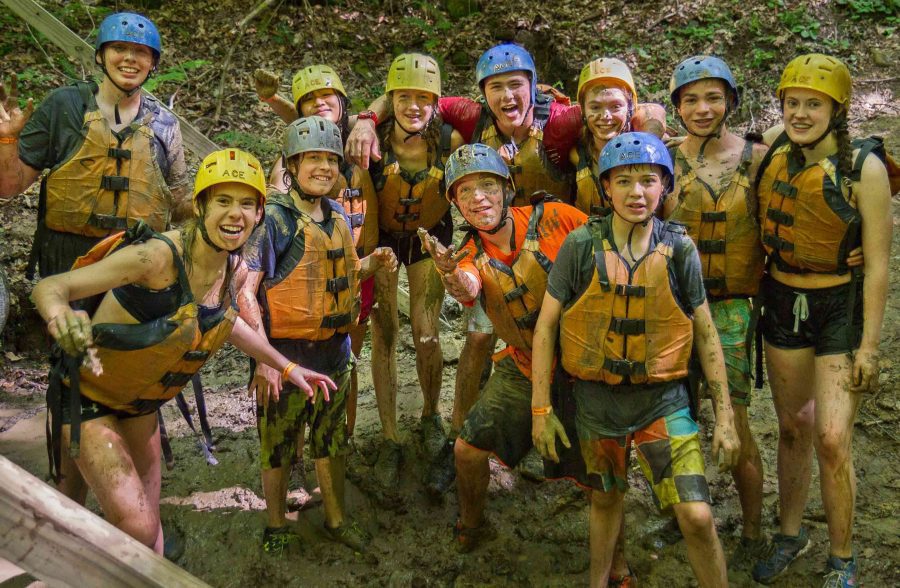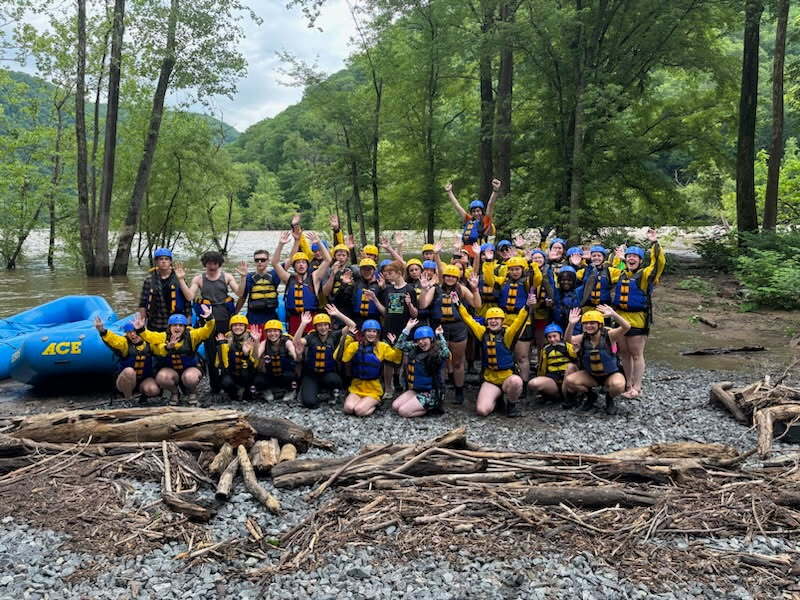
November 19, 2025
Why Outdoor Learning Matters: Lessons Beyond the Classroom
Learning doesn’t have to be confined to desks and whiteboards. Taking education outdoors can spark curiosity, deepen understanding, and create experiences that stick with students long after the school day ends.
Engaging Minds in Natural Settings
When students step outside, they encounter an environment that encourages exploration and observation. Whether it’s measuring the flow of a stream, identifying rock formations, or noticing patterns in plant life, outdoor lessons turn abstract concepts into tangible experiences. This hands-on approach helps students retain information longer and stay engaged throughout the day.
Movement Boosts Focus and Well-Being
Outdoor learning naturally combines mental and physical activity. Hiking a trail, participating in group exercises, or simply moving between learning stations helps students stay energized and attentive. Studies show that combining movement with lessons improves both focus and mood, making it easier for students to absorb new material.
Real-World Problem Solving
Nature provides countless opportunities for critical thinking. Working in teams to solve challenges in an outdoor setting encourages collaboration and creative thinking. Students learn to adapt, communicate, and analyze situations in ways that traditional classroom exercises can’t fully replicate.
Connecting Curriculum to the World Around Us
Subjects like science, math, and geology come alive outside the classroom. Observing water currents can illustrate principles of physics, examining soil layers can teach geology, and calculating distances along trails can reinforce math skills. These experiences show students how lessons apply to the world they see every day.
Building Social Skills
Learning outdoors often involves teamwork, whether during a group experiment, a cooperative game, or a problem-solving activity. Students practice communication, leadership, and cooperation, strengthening bonds with classmates while developing confidence and interpersonal skills.
Tips for Bringing Learning Outside
Even simple changes can make a difference:
- Conduct a lesson in a schoolyard, park, or nearby green space
- Encourage students to sketch or write about what they observe
- Turn lessons into small challenges or collaborative experiments
- Use natural elements as props for hands-on learning
The Bottom Line
Outdoor learning isn’t just a break from routine, it’s a way to engage students in meaningful, memorable ways. By incorporating nature into education, teachers can spark curiosity, reinforce critical skills, and create a classroom that extends far beyond the school walls.
Ready to bring your classroom outdoors? Reach out to our Group Sales team for tips and ideas to create a hands-on learning adventure your students will never forget!
📞 Call us at: 800-787-3982
📧 Email us at: [email protected]
🌐 Or learn more here: www.aceraft.com/groups

Tanya spends her free time exploring the outdoors with her children. She works in the marketing department at ACE and enjoys bringing people together to experience the beauty and adventure the New River Gorge area has to offer.
